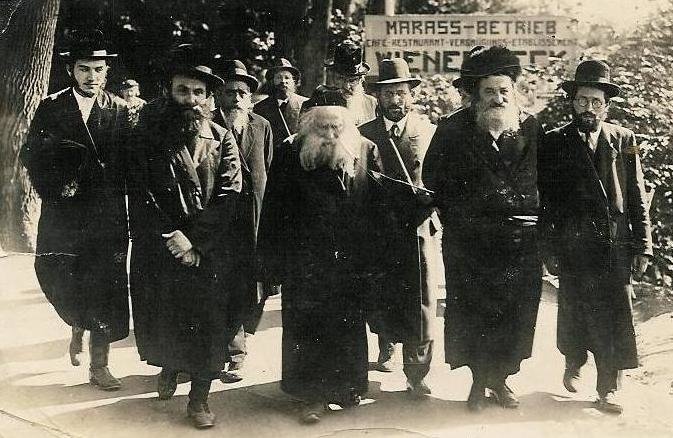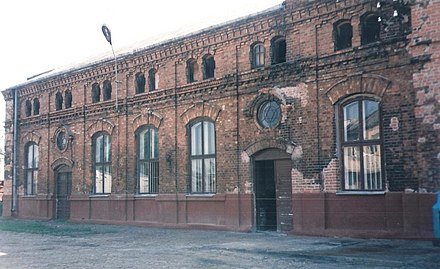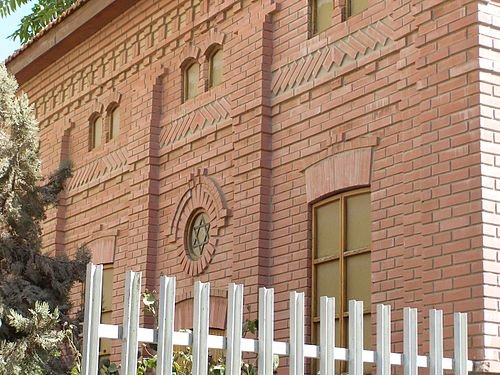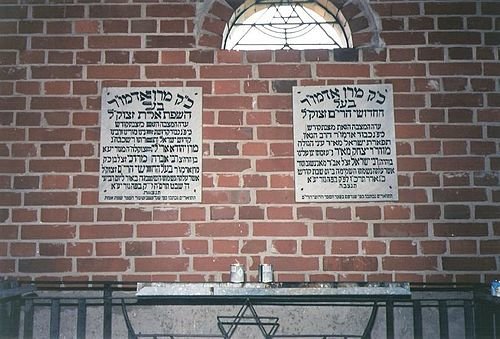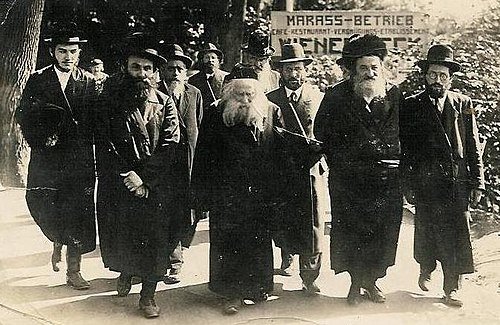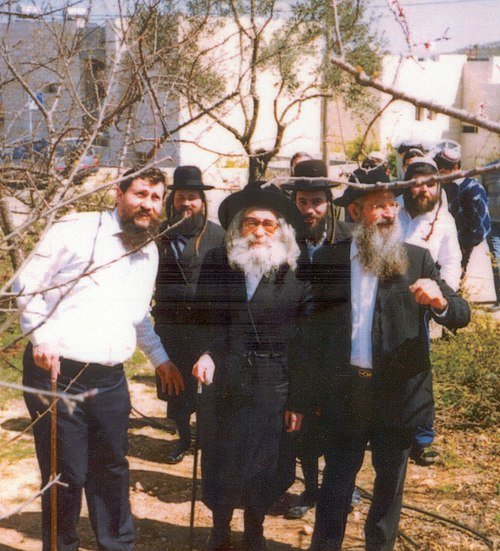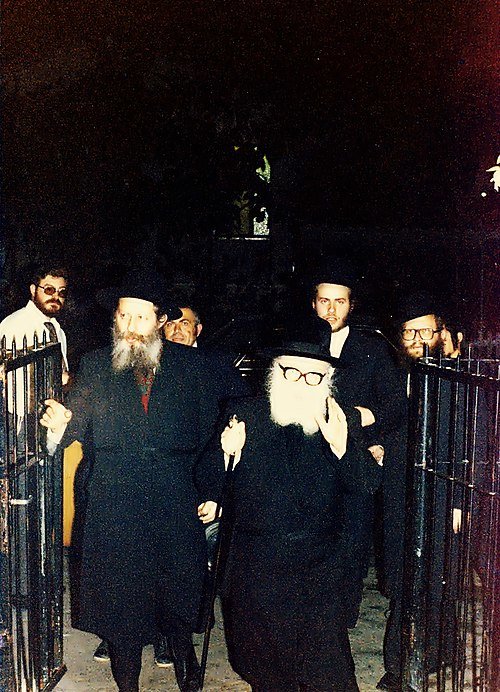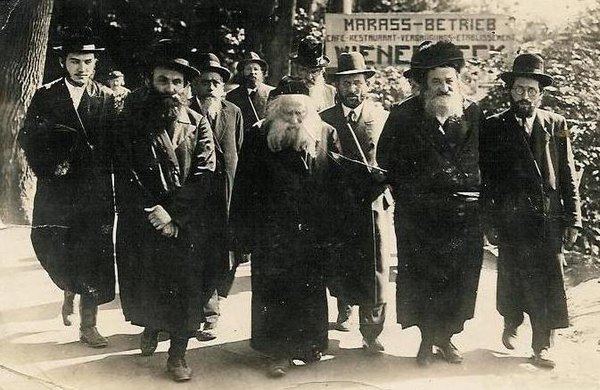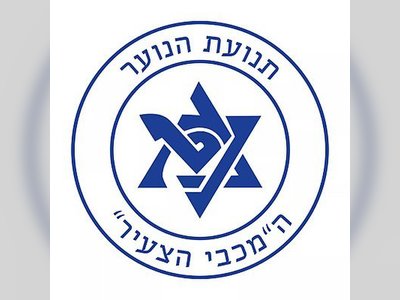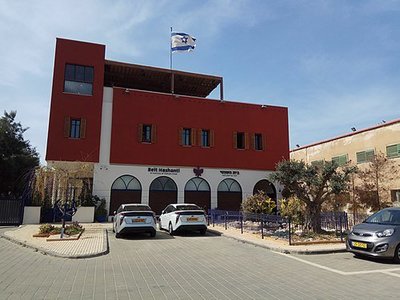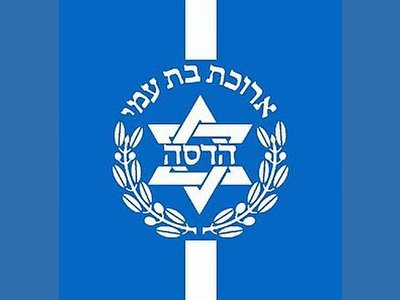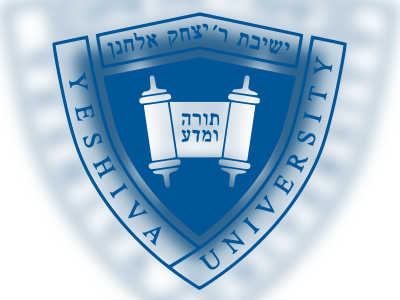Title: Gur Hasidism: A Journey Through Faith and Tradition
Gur Hasidism, with its roots in Poland and its flourishing presence in Israel today, is a testament to the resilience and enduring traditions of Hasidic Judaism. Its leaders, known as Rebbes, have played pivotal roles in the spiritual, educational, and social life of their communities. Gur Hasidism continues to thrive, adapting to the challenges and opportunities of the modern world while remaining deeply committed to its core values of Torah, holiness, and community.
As we conclude our journey through the world of Gur Hasidism, we witness a community that has not only preserved its rich heritage but has also shared its traditions and values with new generations, ensuring the continuity of this remarkable Hasidic dynasty.
Gur Hasidism is one of the largest Hasidic communities in Israel, known for its rich history and profound influence. This documentary-style article delves into the world of Gur Hasidism, tracing its roots from Poland to its thriving presence in Israel today.
The Origins of Gur Hasidism
Gur Hasidism derives its name from the town of Gur, located near Warsaw, Poland. It was in Gur that the founder of this Hasidic dynasty, Rabbi Yitzchak Meir Alter, spent the later years of his life. Prior to the Holocaust, the heart of Gur Hasidism was in Poland, boasting a diverse community of approximately 100,000 Hasidim. However, the Holocaust inflicted severe losses on Gur Hasidism, and its center shifted to Israel, where it successfully reconstituted itself.
Key Characteristics
Gur Hasidism is characterized by its significant political, communicative, and educational influence, primarily exemplified through its involvement in the Agudat Yisrael party, its media outlets for the ultra-Orthodox community, and its contributions to independent education. It also adheres to a set of rules and customs regarding joyful events, residential life, marital matters, gender separation, and modesty. Other defining features include unwavering loyalty to the Rebbe's guidance, extensive community outreach, numerous communal institutions, relative economic prosperity, and a commitment to maintaining a single leadership, without branching into various sects. Central to Gur Hasidism is the value of "kedusha" (holiness), emphasizing personal piety and modesty.
Leadership
The current leader of Gur Hasidism is Rabbi Yaakov Aryeh Alter. Gur Hasidism encompasses around 12,000 families worldwide, with the majority residing in Israel. A distinctive subgroup within Gur Hasidism, known as P'nei Menachem, led by Rabbi Shaul Alter, consists of hundreds of families in Israel and a similar number abroad.
The Foundation of Gur Hasidism
Gur Hasidism's foundation can be traced back to Rabbi Jacob Isaac of Pshiskhe, also known as the "Holy Jew." He was a disciple of the Chozeh of Lublin and, during his mentor's lifetime, began leading a group of Hasidim that was considered elitist compared to other Hasidic movements of the time, which did not differentiate between commoners and the upper class. After Rabbi Jacob Isaac's passing, his disciple, Rabbi Shmuel Bornsztain of Sochaczew, took over leadership of the community. Following his passing, most Hasidim crowned Rabbi Menachem Mendel of Kotzk as their leader, with Rabbi Yitzchak Meir Alter at his side. Rabbi Menachem Mendel was an ascetic leader who called for his Hasidim to completely detach from the "material world," distance themselves from honor, and abstain from falsehood.
After the passing of Rabbi Menachem Mendel of Kotzk in 1859, most Hasidim crowned Rabbi Yitzchak Meir Alter as their Rebbe. He established his court in the town of Ger-Kalwaria, near the major Jewish center of Warsaw, where he served as the rabbi. Upon assuming leadership, he declared, "Rabbi Shmuel Bornsztain led you with love, Rabbi Menachem Mendel with awe, and I will lead with Torah." Additionally, Gur Hasidism emphasized deep thought and purity of heart. The beginning of Rabbi Yitzchak Meir's leadership marked the foundation of Gur Hasidism.
Rabbi Yitzchak Meir's sons passed away during his lifetime. After his passing in 1866, his grandson, Rabbi Yehuda Aryeh Leib Alter, was crowned as his successor at the age of 23. As his grandfather's successor, he continued the tradition of Gur Hasidism. The lineage continued with Rabbi Abraham Mordechai Alter after his passing in 1905. He implemented changes in the community, including holding the morning prayer at a later hour.
Expansion in Poland
In the late 19th century, Gur Hasidism expanded significantly and became one of the two major Hasidic movements in Poland, alongside Alexander Hasidism. Gur Rebbes led the Hasidic movement in Poland, exerting a profound influence on the Jewish community. They established communities in numerous settlements, participated in community elections, appointed representatives to rabbinical positions, and resisted other ideological currents, such as Zionism and Mizrahi. Gur Hasidism's prominence, combined with financial support from some wealthier adherents and its proximity to Warsaw with a significant Jewish population, allowed it to achieve public recognition. Gur Rebbes also played a role in managing Kehillah funds, assisting Polish Jews in their traditional way of life. One of its sources of income was a lottery organized by Gur Hasidism.
Turbulent Times
At the end of World War I, Gur Hasidism founded the Yiddish newspaper "Dos Yidishe Vort" and the "Emrei Emes" called on Hasidim to support the newspaper. During this time, Gur Hasidism established schools where secular subjects were taught. The main yeshiva of Gur Hasidism was the "Metivta" in Warsaw, serving as a high-level yeshiva where hundreds of students from various European countries studied. The Metivta was established after World War I and operated until World War II. The Metivta did not provide boarding facilities, and its students had to find their own accommodations and, in some cases, meals. In addition to religious studies, the Metivta also offered a limited curriculum of secular studies, following the requirements of the Polish authorities. Rabbi Shlomo Yosef Zev, the son-in-law of the Amrei Emes, and Rabbi Menachem Zemba were among those who headed the Metivta.
Rabbi Abraham Mordechai Alter
Rabbi Abraham Mordechai was a co-founder of Agudat Yisrael and served as its president. His uncle, Rabbi Yitzchak Meir Levin, was the political leader of Agudat Yisrael. He opposed Zionism but encouraged his Hasidim to settle in Israel and acquire property there. He himself sought to settle in Israel and visited the country five times. During these visits, he encouraged his Hasidim not to leave the land, despite economic challenges, as long as they had some funds left. Until 1928, several hundred Gur Hasidim settled in Tel Aviv. Until 1938, there were seven synagogues in the city, with about a thousand worshipers, led by Rabbi Shaul Moshe Zilberman. However, during his last visit, Rabbi Abraham Mordechai decided to stay in Israel but ultimately returned to Poland under pressure from his Hasidim. With the outbreak of World War II, he and a group of family members managed to escape from Poland.
The Legacy of the Amrei Emes
In his later years, the Amrei Emes was frail and in poor health. He passed away on Shavuot 1948, just a month after the establishment of the State of Israel. In his original will, written in Poland, he appointed his brother, Rabbi Moshe Zvi Alter, as his successor, but he never served as Rebbe. Instead, Rabbi Yisrael Alter, Rabbi Abraham Mordechai's younger brother, was crowned as the next Rebbe of Gur Hasidism.
Rabbi Yisrael Alter
Rabbi Yisrael Alter was known as the Beis Yisrael. His leadership was marked by a firm stance against the draft into the Israel Defense Forces, and he insisted that his Hasidim remain yeshiva students. He believed that Torah study would protect them from harm. During his tenure, the Gur community grew in Israel, with thousands of families establishing themselves in Jerusalem, Bnei Brak, and other cities.
Rabbi Simcha Bunim Alter
Upon the passing of Rabbi Yisrael Alter in 1977, his son Rabbi Simcha Bunim Alter became the Rebbe. He was known for his warm and approachable demeanor, often welcoming Hasidim to his home to receive blessings and advice. He emphasized the importance of maintaining a close relationship with the Rebbe and regularly meeting with him.
Rabbi Yaakov Aryeh Alter
In 2002, Rabbi Simcha Bunim Alter passed away, and his nephew, Rabbi Yaakov Aryeh Alter, became the Rebbe of Gur Hasidism. His leadership has been characterized by a focus on continued growth, outreach, and maintaining the traditional values and practices of Gur Hasidism. Under his guidance, Gur Hasidism has expanded its network of educational institutions, including yeshivas and schools, both in Israel and abroad.
Gur Hasidism Today
Today, Gur Hasidism is a vibrant and thriving Hasidic community with a strong presence in Israel and around the world. It continues to be known for its commitment to Torah study, its extensive charitable activities, and its strict adherence to the customs and traditions established by its founders. Gur Hasidim actively engage in community outreach, supporting fellow Jews in various ways, including providing food, financial assistance, and educational opportunities.
Gur Hasidism has also embraced modern technology while maintaining its distinct religious identity. It operates several media outlets, including newspapers and websites, to disseminate news and information to the ultra-Orthodox Jewish community. These outlets often feature articles, teachings, and updates from the Rebbe.
The Gur Hasidic community in Israel has grown significantly over the years, with thousands of families residing in neighborhoods such as Beit Yisrael in Jerusalem and Kiryat Gur in Bnei Brak. These communities have their own synagogues, schools, and social services, providing a supportive environment for Gur Hasidim.
- חסידות גור – ויקיפדיהhe.wikipedia.org
